Demystifying electrical generators and decibel levels
This article is written by George Long at Aggreko, after I had some concerns in how close we can place the size generators we needed to our stage without there being any issues of generator noise bleeding into the film. I had asked him to help ensure we were receiving “whisper quiet” generators. Here is his very well thought out reply:
First off, there’s no industry or any other standard that is “whisper quiet”, it’s a marketing term.
Film grade – surprisingly the “crystal sync” phrase didn’t get referred to. Film grade would simply mean that the generator has some sort of electronic governing versus mechanical speed control. Think your average gas generator that cycles according to load – you drop a higher demand on it and for a second or so, the voltage drops as the engine tries to catch up. This is caused by magnetic resistance imposed in the generator end – As the demand increases (trying to draw more out of the straw as it were), the increase causes more magnetic resistance which needs to be compensated for within the windings.
Twin pack 1.5 MW Generators capable of providing electricity to 330 households
Think of it like this – you’re towing a boat down the highway and have cruise control on going 65 MPH. If that road is flat, the amount of energy required to keep it going at 65 MPH remains the same. However, if you hit a hill that load (the boat) starts to slow down the truck because the amount of available energy, assuming all factors are constant, exceeds the energy available to get up that hill – so what does the cruise control do? It applies more fuel to bring the vehicle back to 65. Typically there’s a lull where the engine basically has to catch up to the load. The same works in reverse, you crest that hill and start to go down and there’s less demand (load) on the truck and the cruise control doesn’t need to feed as much into the engine to keep the speed up.
With generators it’s roughly the same thing – as the load, in this case, amperage demand increase, it’s like hitting that hill. However we want the speed to remain constant always ~ speed = frequency/Hertz. If it was just mechanically governed (some construction generators have this with a bar you pull out to set engine speed), there’s a lag as the engine demands more fuel, and your lights dim, etc. With electronic governing, the generator senses things like the RPM and voltage a lot sooner than when the demand is there and compensates earlier/faster. Think of this like if you see the hill coming and you start to feed more into the engine prior to reaching the hill with your boat. You don’t notice the lag as much, if at all. Maybe another way of thinking about electronic generators control is using a super computer to calculate pi versus your I Phone app. You get there both ways but it’s a lot faster with the super computer.
Typically any filming or taping needs a steady sine wave at a precise Hertz or frequency. This is to ensure that the image speed remains consistent but it’s really a moot point. The plants have Deep Sea electronic controllers in them which regulate all the applicable elements to ensure this.
65db – Where? At 3 M? 7M? Engine end? Controller end? Averaged? Here’s a handy chart on average noise levels –
Environmental Noise
Weakest sound heard
0dB
Whisper Quiet Library at 6′
30dB
Normal conversation at 3′
60-65dB
Telephone dial tone
80dB
City Traffic (inside car)
85dB
Train whistle at 500′, Truck Traffic
90dB
Jackhammer at 50′
95dB
Subway train at 200′
95dB
Level at which sustained exposure may result in hearing loss
90 – 95dB
Hand Drill
98dB
Power mower at 3′
107dB
Snowmobile, Motorcycle
100dB
Power saw at 3′
110dB
Sandblasting, Loud Rock Concert
115dB
Pain begins
125dB
Pneumatic riveter at 4′
125dB
Even short term exposure can cause permanent damage – Loudest recommended exposure WITH hearing protection
140dB
Jet engine at 100′
140dB
12 Gauge Shotgun Blast
165dB
Death of hearing tissue
180dB
Loudest sound possible
194dB
OSHA Daily Permissible Noise Level Exposure
Hours per day
Sound level
8
90dB
6
92dB
4
95dB
3
97dB
2
100dB
1.5
102dB
1
105dB
.5
110dB
.25 or less
115dB
Perceptions of Increases in Decibel Level
Imperceptible Change
1dB
Barely Perceptible Change
3dB
Clearly Noticeable Change
5dB
About Twice as Loud
10dB
About Four Times as Loud
20dB
Sound Levels of Music
Normal piano practice
60 -70dB
Fortissimo Singer, 3′
70dB
Chamber music, small auditorium
75 – 85dB
Piano Fortissimo
84 – 103dB
Violin
82 – 92dB
Cello
85 -111dB
Oboe
95-112dB
Flute
92 -103dB
Piccolo
90 -106dB
Clarinet
85 – 114dB
French horn
90 – 106dB
Trombone
85 – 114dB
Tympani & bass drum
106dB
Walkman on 5/10
94dB
Symphonic music peak
120 – 137dB
Amplifier, rock, 4-6′
120dB
Rock music peak
150dB
NOTES:
- One-third of the total power of a 75-piece orchestra comes from the bass drum.
- High frequency sounds of 2-4,000 Hz are the most damaging. The uppermost octave of the piccolo is 2,048-4,096 Hz.
- Aging causes gradual hearing loss, mostly in the high frequencies.
- Speech reception is not seriously impaired until there is about 30 dB loss; by that time severe damage may have occurred.
- Hypertension and various psychological difficulties can be related to noise exposure.
- The incidence of hearing loss in classical musicians has been estimated at 4-43%, in rock musicians 13-30%.
- Recent NIOSH studies of sound levels from weapons fires have shown that they may range from a low of 144 dB SPL for small caliber weapons such as a 0.22 caliber rifle to as high as a 172 dB SPL for a 0.357 caliber revolver. Double ear protection is recommended for shooters, combining soft, insertable ear plugs and external ear muffs.
At 7 M, the “rating” of the 200 is 70 dbA – so less than a singer. Then add to this the inverse law of squares which says that any intensity is inversely proportional to the square of the distance from the source. A quick rule of thumb is sound level will decrease 6 db for every time the distance is doubled, although the calculations are slighting more complex than that.SIMPLE EQUATION FOR PREDICTING A SOUND LEVEL:
If you measure a sound level 70 = dB
at distance
d1 =7 m = 22.965 ftthen at distance
d2 = 20m = 65.616 ftthe inverse square law predicts a sound level
I2 = 50 dBi2/i1=[d1/d2]
Thank you, Geo! He also collaborated on our Electricity Guide if you would like to read up even more about power.
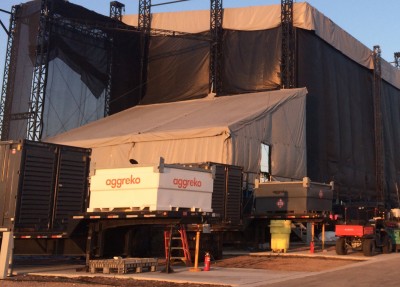
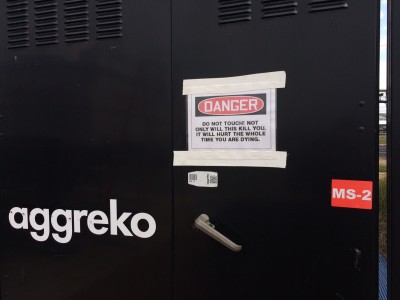
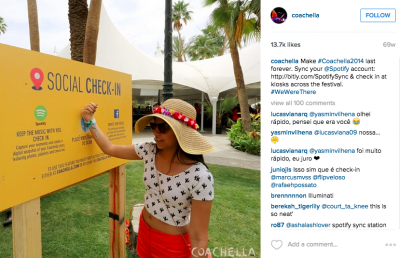
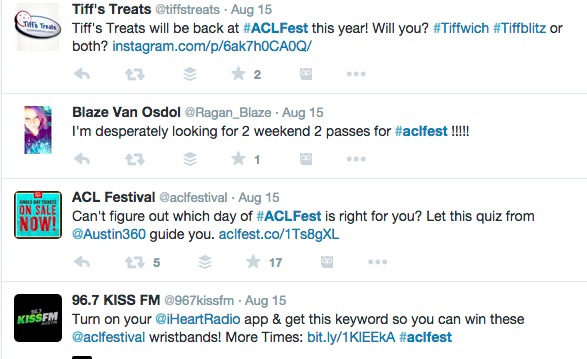
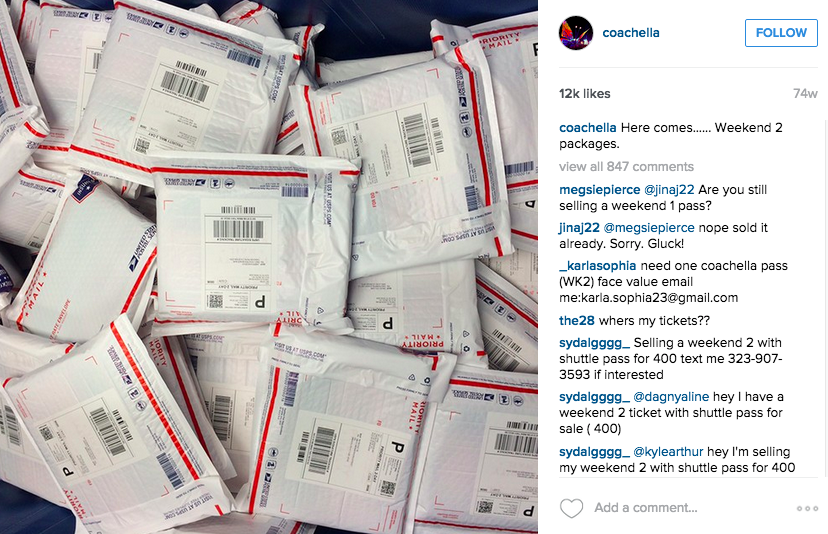
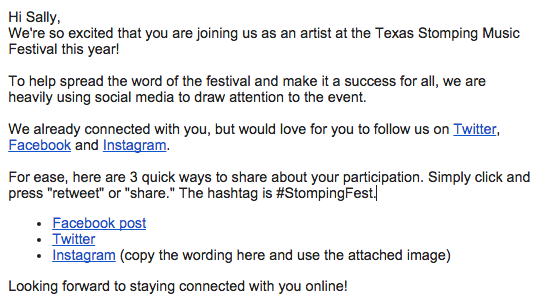

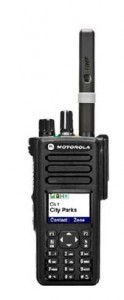 And that is it. Some people like to do the reverse and say “Kara for Mike” instead of “Mike for Kara”, but I prefer the latter. Either way works fine, but it can be confusing at first so it’s best the entire event team stays consistent – pick one method or the other.
And that is it. Some people like to do the reverse and say “Kara for Mike” instead of “Mike for Kara”, but I prefer the latter. Either way works fine, but it can be confusing at first so it’s best the entire event team stays consistent – pick one method or the other.





























